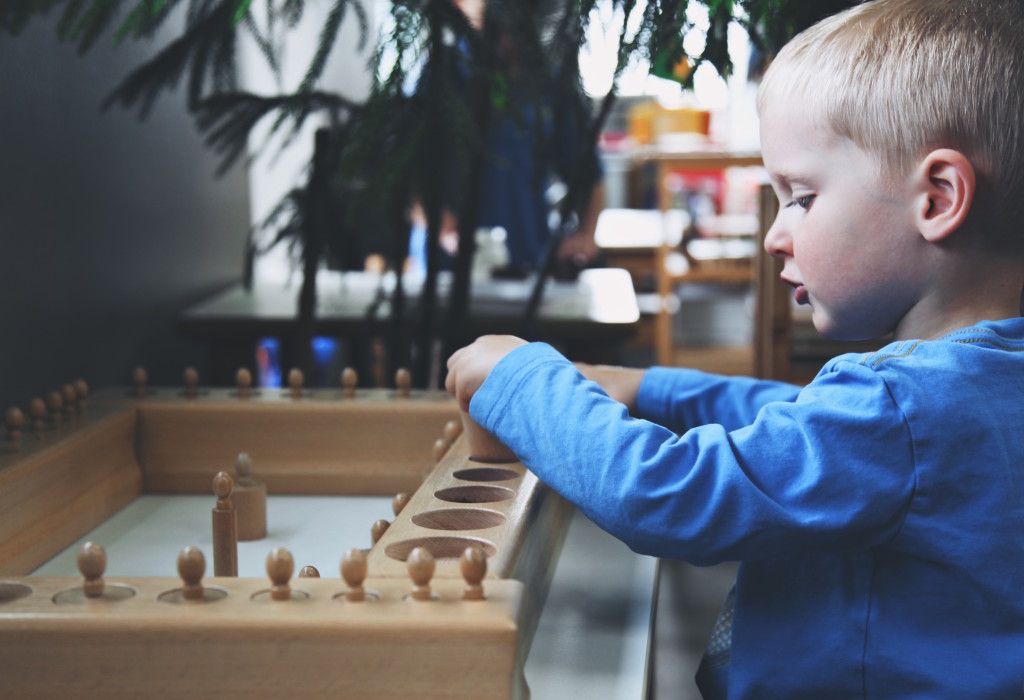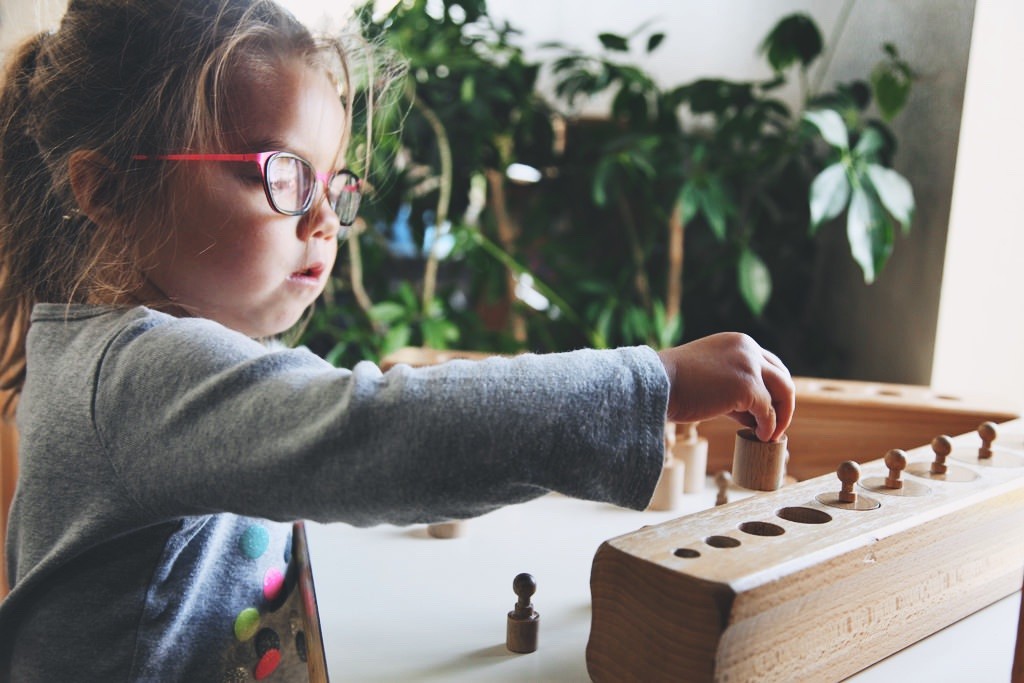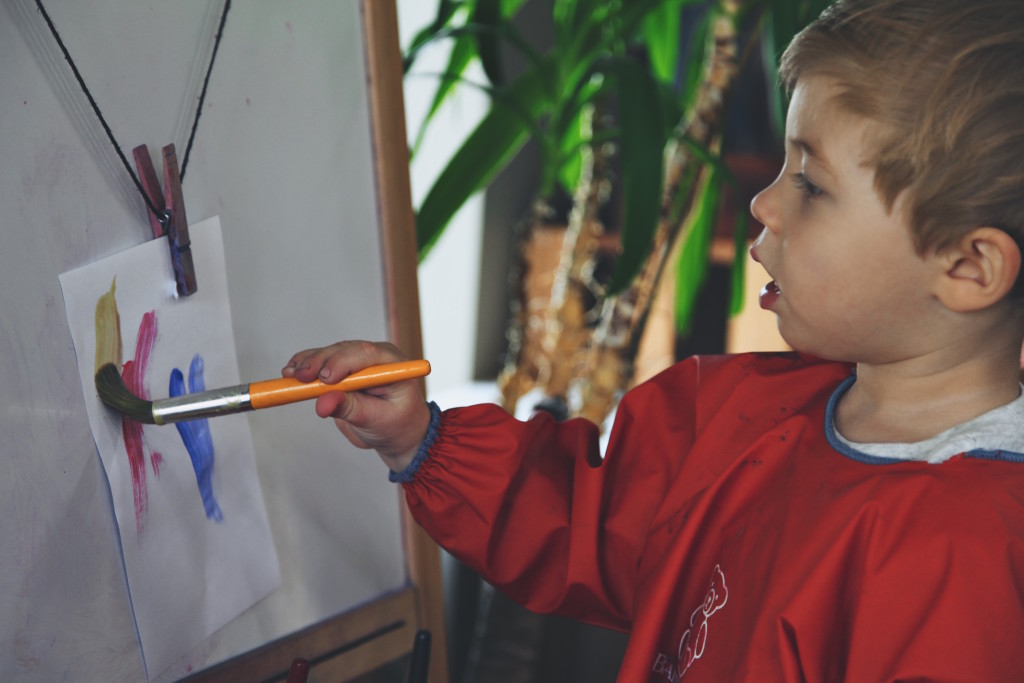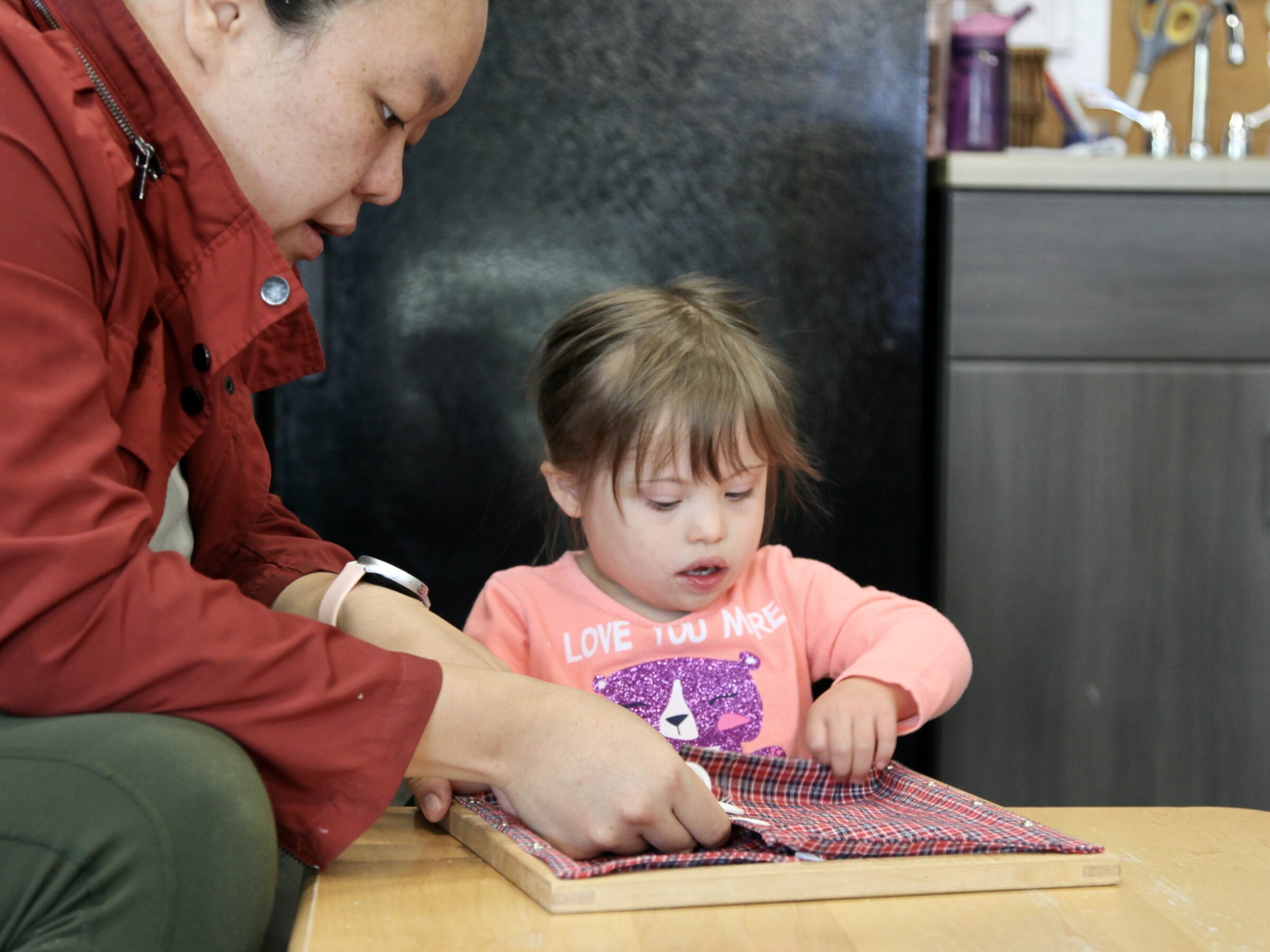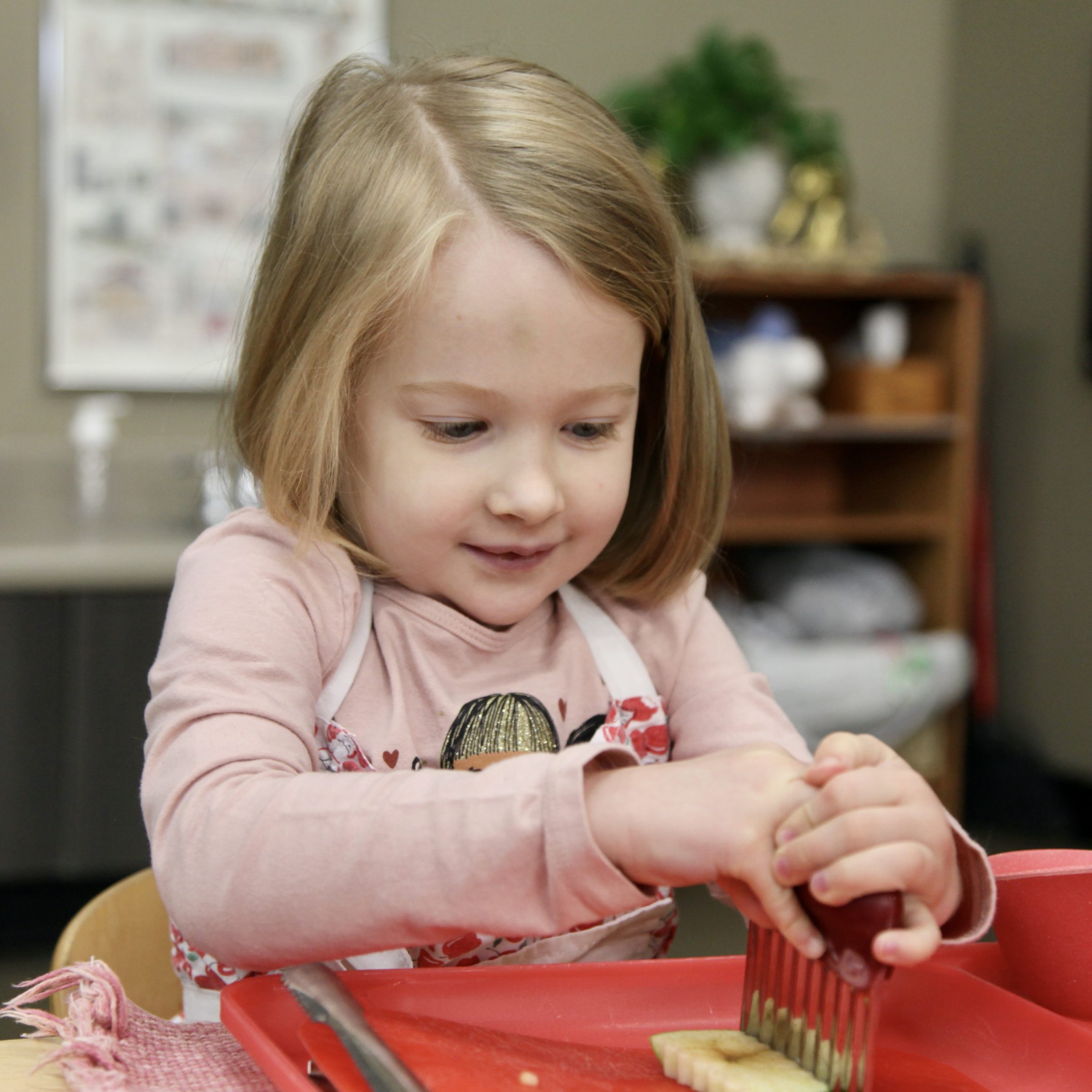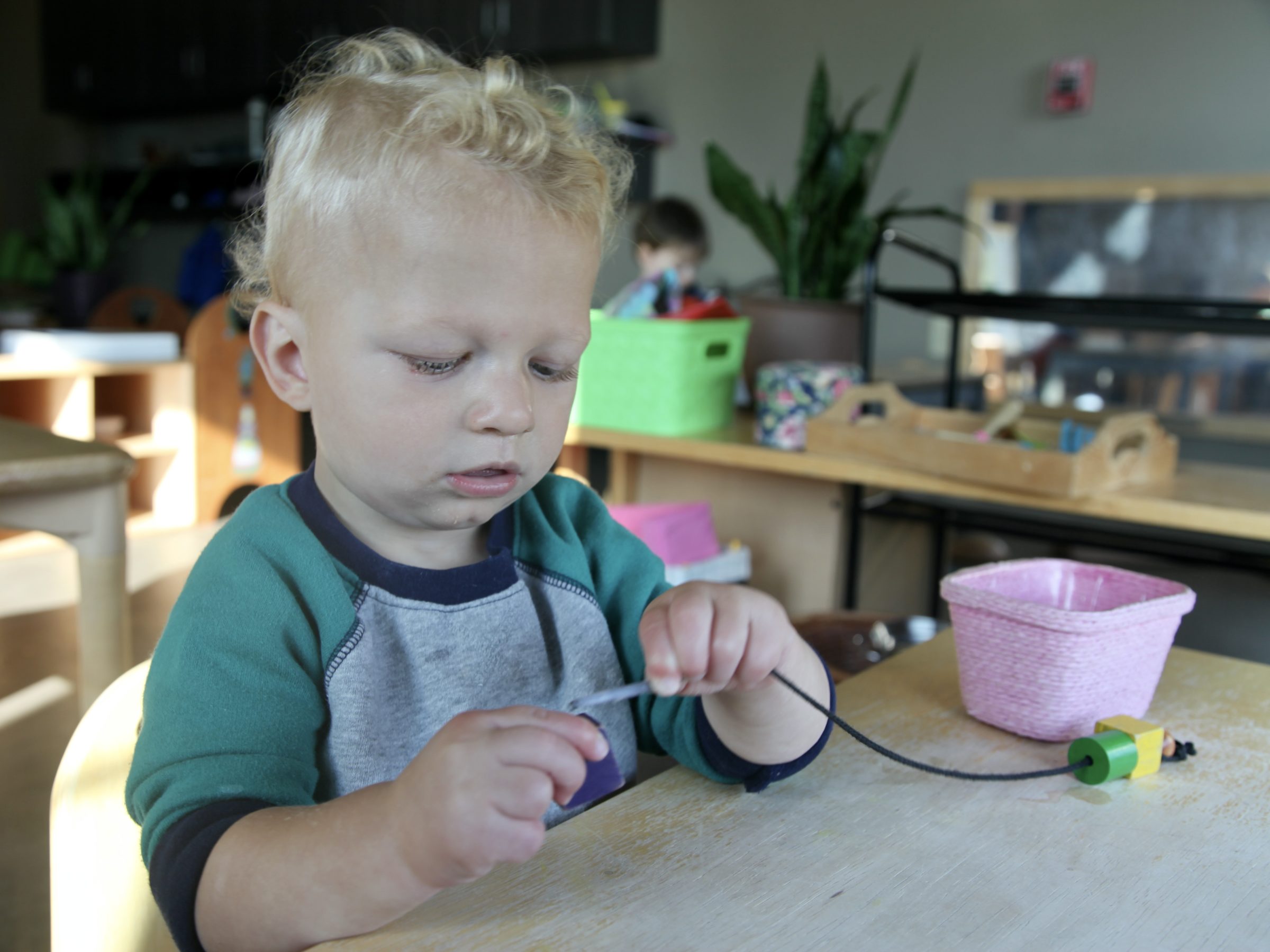Discovering the Details of Montessori
Thoughts & Reflections
When entering the Montessori classroom, you instantly feel a sense of order and calm. Everything has its purpose and its place. To a newcomer, like myself, the Montessori classroom presents a sense of foreign familiarity: I do not understand how the materials work, but I can explain the concepts they teach.
With the teachers’ help and through observation, I’ve come to notice the details embedded in the classroom’s set up and in the materials’ design that aid in the learning process. To my delight, I’ve discovered an innate depth, detail, and an interconnectivity between and in every material.
Upon first introduction, the materials appear very simple and seem to serve one singular purpose: to teach one task or concept. Take for instance the cylinder blocks, the cylinders are in the shape of traditional metal kilogram weights perfectly nested in a long wooden block. The blocks serve as an opportunity to learn not only the concept of spatial relatively and physical volume, but also the vocabulary of comparing objects (larger, smaller, smallest, thicker, thinner,…etc.).
Yet, upon learning more, I realized that their function reached beyond my first impressions.
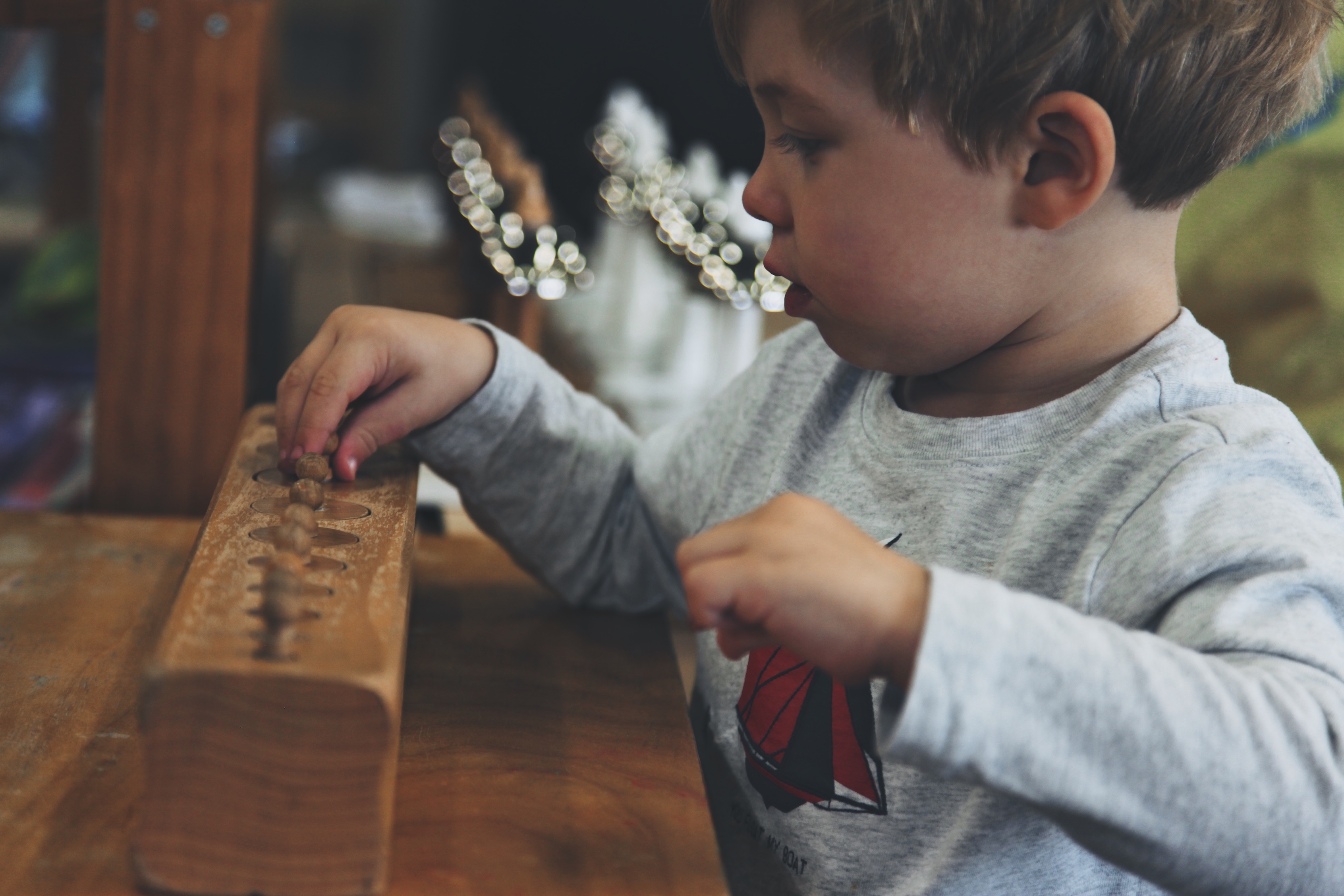
The cylinder blocks are intended for the youngest age group in the classroom. It is very likely one of the first materials they will be familiar and comfortable with using. In the case of the blocks, the knobs on the cylinders is key.The knobs are formed so that the easiest way with to pick them up is with the index and middle finger, and thumb. This configuration mirrors the proper way to hold a pencil, building the foundations of a skill set they will use later on in the classroom.
In addition, the familiarity of picking up the cylinders’ knobs transitions to pulling on the very same knobs when using the geometric cabinet and other materials in the classroom. For me, this detail magnifies the consideration and design put into the classroom. The beauty lies not only in what the materials teach academically but also how they are designed to teach function within the classroom.
This little detail made me realize that the uniformity of the materials in the class is designed with intention. The materials have so much dimension during an entire course of a child’s education, that expand beyond their initial use. Each material is not designed for a singular function, but rather serves as a guide in the natural fluidity of a child’s learning process in the Montessori classroom.
By Wen Duan
Written by:
Charlotte Snyder

